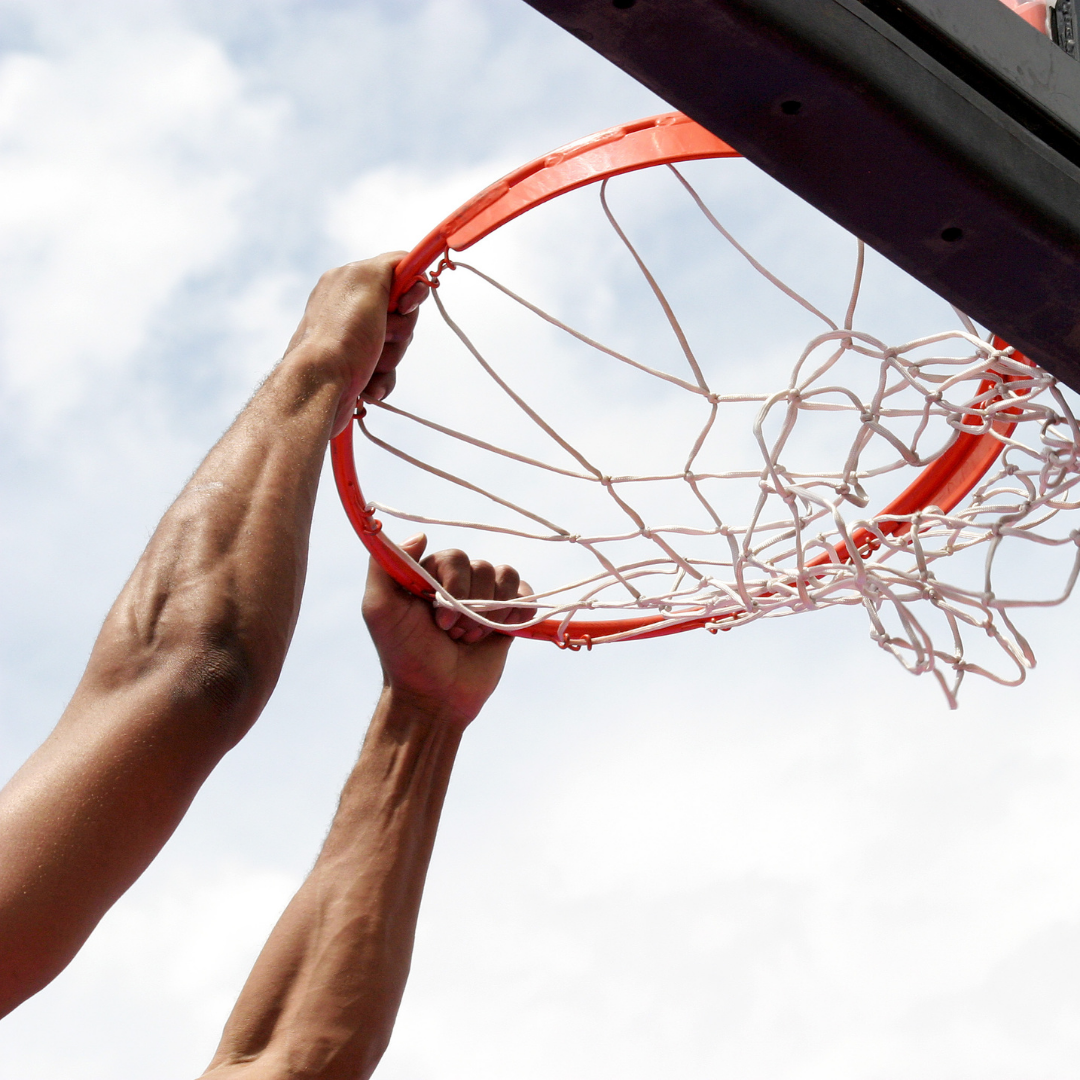Forbes: Rockets’ Mbah A Moute Will Likely Need Surgery, But That May Be Able To Wait Until After Playoffs
April 14, 2018Forbes: Another Year, Another Injury For Dodgers’ Clayton Kershaw: How Long Will Biceps Injury Sideline Him?
May 11, 2018
Corey Seager, the Los Angeles Dodgers’ All-Star shortstop and the 2016 National League Rookie of the Year, is scheduled to have Tommy John surgery, having experienced pain on the inside of his elbow and numbness that got particularly bad over the weekend, according to reports. The operation will prematurely end his 2018 season.
Tommy John surgery has become part of the vernacular for any sports fan, but what is it? Who needs it? And what is the expected recovery from the procedure?
The ulnar collateral ligament (UCL) is the main ligament on the medial (inner) aspect of the elbow. It is a thick band of ligamentous tissue that forms a triangular shape composed of three separate bundles. (It has an anterior and posterior bundle and a thinner transverse ligament.)
The ligament connects the humerus (upper arm bone) to the ulna (a bone in the forearm), maintaining the stability of the elbow. It is the anterior bundle that provides the main resistance to the stresses the elbow is exposed to during throwing.
The UCL can be injured as the result of repetitive throwing or, less commonly, an acute tear on one throw. Typically, these injuries are the result of years of hard-throwing, which causes micro-tearing and degeneration of the ligament. Eventually, this partial tearing becomes painful enough to limit the athlete, or the ligament tears completely.
These injuries are happening more and more frequently for a multitude of reasons. First and foremost, throwing is not a normal activity. It places a ton of stress on both the shoulder and the elbow. These stresses are magnified when one throws harder. With most professional baseball pitchers throwing 90 miles per hour or harder, it shouldn’t be surprising that 25% of major league pitchers have undergone Tommy John surgery.
What is surprising about Seager’s case is that we don’t usually see these injuries in position players. In fact, in a study of more than 5,000 professional baseball players, only 3% of position players had previous UCL reconstruction.
Diagnosis is based on a thorough history and physical exam and is confirmed by an imaging study (usually an MRI). Patients with UCL insufficiency will complain of medial-sided elbow pain when throwing. Their velocity may be down, and their control may be off. Occasionally, the ligament tear results in more severe instability of the elbow that causes stretch on the ulnar nerve. When this happens, throwers may complain of numbness and/or tingling in their pinky and ring fingers (from the ulnar nerve being irritated).
A physical exam can establish the diagnosis of a UCL tear and rule out other associated pathologies. X-rays are taken to identify potential bone spurs, loose fragments, or calcification in the UCL. MRIs are used to confirm the diagnosis and establish the degree of ligament tearing.
Nonsurgical treatment involves rest from throwing, rehabilitation and possibly a platelet-rich plasma (PRP) injection. The success rate with conservative management ranges from about 40 to 65%.
Surgical treatment — UCL reconstruction, or Tommy John surgery — involves replacing the torn UCL with a tendon graft from the patient’s wrist or hamstring. Holes in the ulna and humerus bones of the elbow accommodate the replacement graft. The graft is then shuttled through the drill holes in the ulna and docked into the humerus. In patients who have persistent numbness or weakness in the ulnar nerve, it may be transposed at the same time.
While the surgery takes only about 45 minutes, rehab is the hard part. It usually takes about three or four months before players can start throwing again and about a year before they are pitching in games. Recent data suggests that it takes 14-15 months before major league pitchers return.
One bright spot for Seager is that middle infielders put less stress on the elbow and make significantly fewer throws per game than pitchers. There is the potential if the surgery is done soon, that he will be ready before spring training next year.



